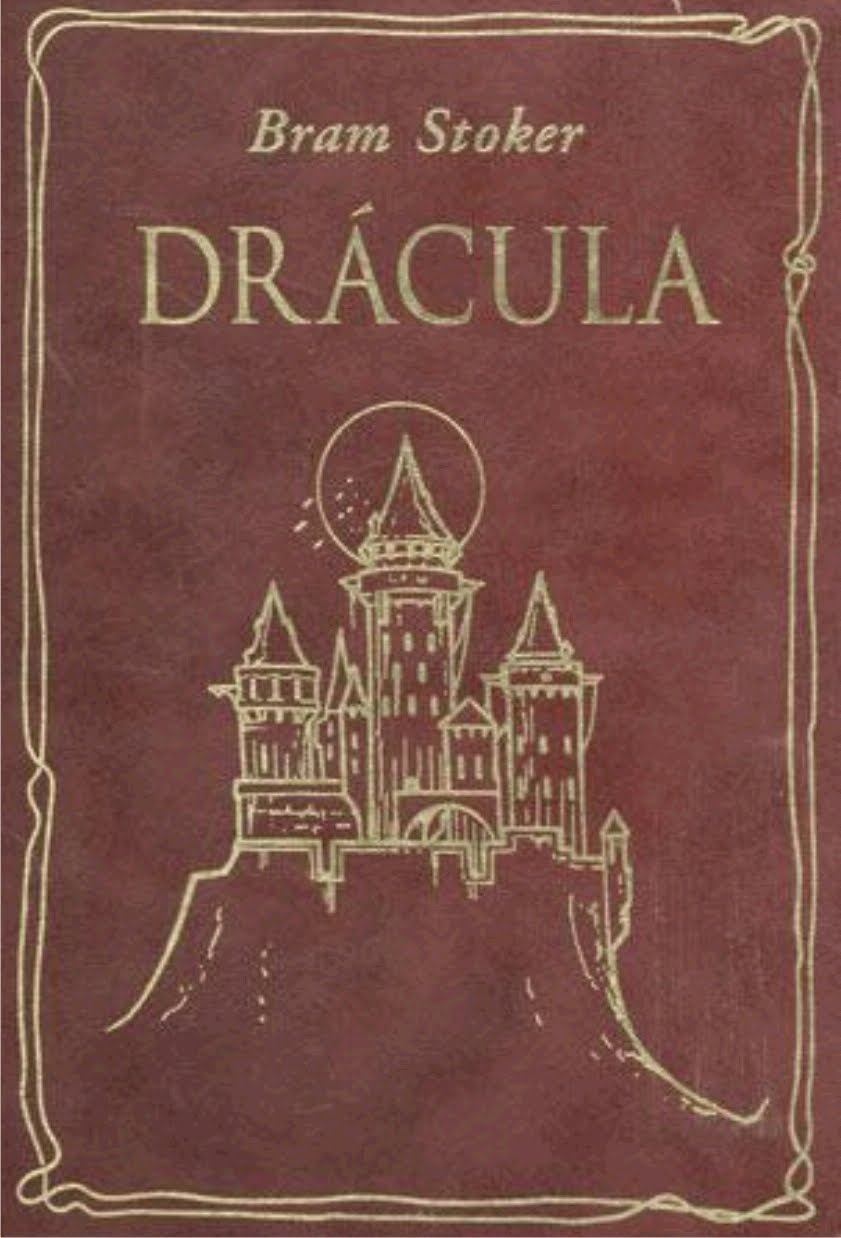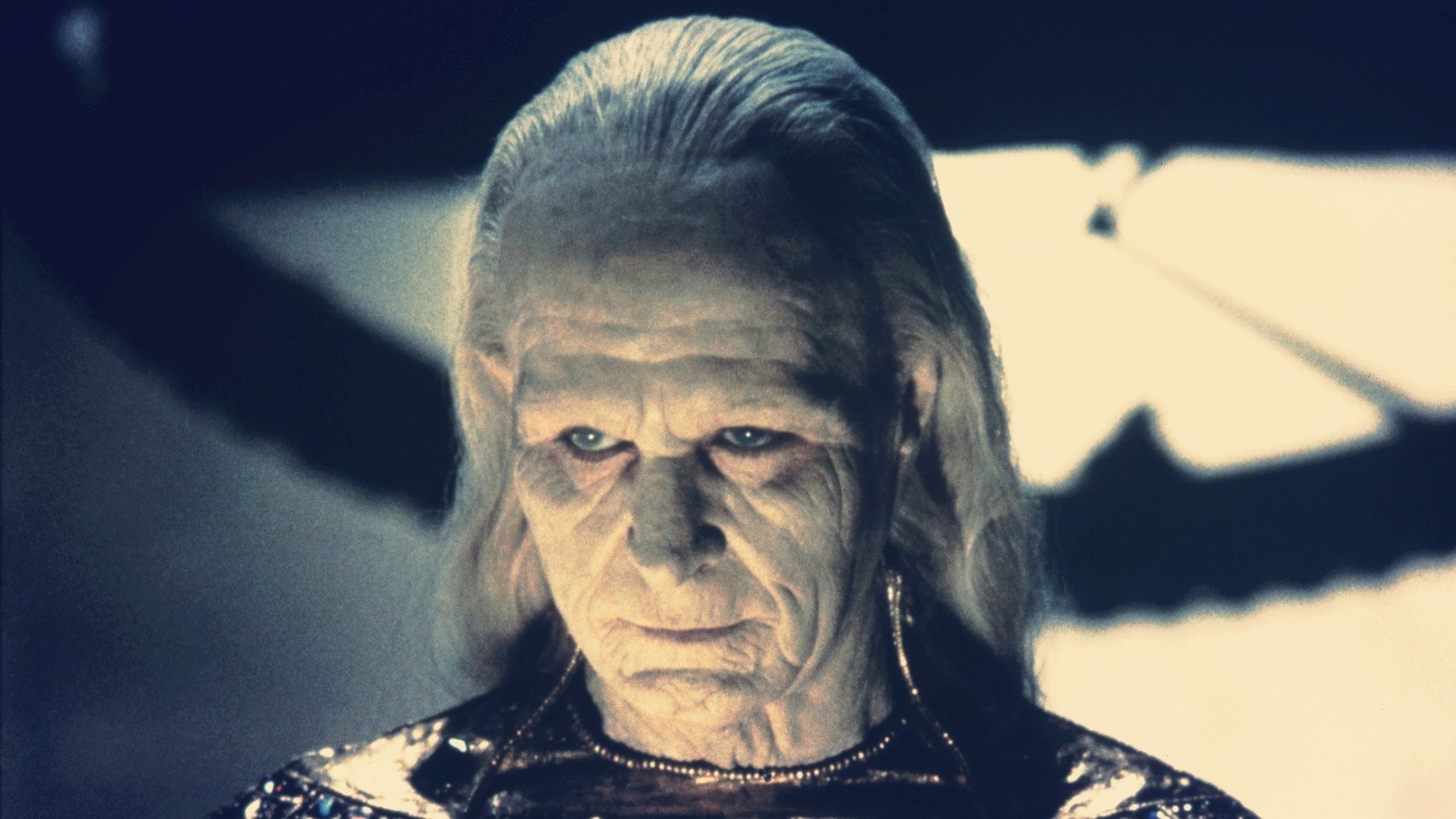
Nosferatu was a “schauerfilm,” a Weimar-era horror movie which repurposed Stoker’s story to tell one of, according to Siegfried Kracauer, “suffering” wrought by the symbolic vampire standing-in for “tyranny.” Kracuaer’s reading of German Expressionism runs deeper than this-he argues that the anguish wrought by the first world war left Germany broken and waiting for a master (one which would come in the figure of Hitler), and that this dynamic is uniquely revealed in the films of this period. Nosferatu is not fun, not something to be taken lightly.

By broadly retaining the plot while changing the conventions of the body of the vampire and the atmosphere he inhabits, Nosferatu eschews many of the themes of the Dracula story, which include eroticism, masculinity, collaboration, and illumination-producing a vampire tale that is, as I have said in Public Books, “preoccupied with hunger, disease, loneliness, and darkness, Murnau’s vampire more invaded than invader.” “You want to see a symphony of horror? You may expect more. Orlok looks like a werewolf, if instead of a wolf, the animal anatomy key to the transformation is a nocturnal primate. Most importantly, though, in Nosferatu, the villain himself, bearing the new patronym Orlok (and played by the actor Max Schreck), is not Stoker’s red-blooded (so to speak), reverse-aging Anglophile, but a creepy humanoid. The only character truly able to participate in the vanquishing of the monster is a sacrificial woman, a departure from the teamwork-heavy novel’s climactic and male-oriented group-slay. In Nosferatu, the familiar characters (the few that remain, that is, from the novel’s robust cast) all bear new names, while the most effective weapon against the vampire is not a stake, but sunlight. Stoker considered it a pirated version of her husband’s novel, which had been her primary source of income for ten years, and promptly launched a campaign against Murnau’s film company, Prana-Film, to halt its potential proliferation.Įven so, Murnau really only borrowed the skeleton of Stoker’s plot. Stoker ever watched Murnau’s film, although she was certainly aware of the differences between them.

It was his widow, the London-based Florence Balcombe Stoker, who objected to the film’s apparent relationship to her husband’s bestseller.


When Nosferatu was released, Bram Stoker, the author of Dracula, had been dead for a decade.


 0 kommentar(er)
0 kommentar(er)
